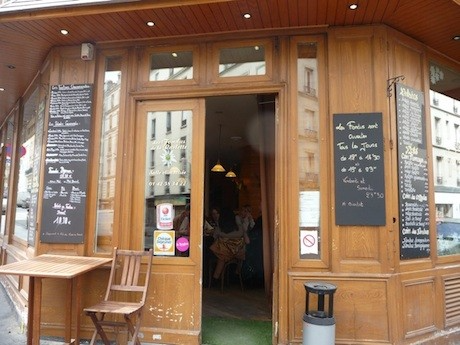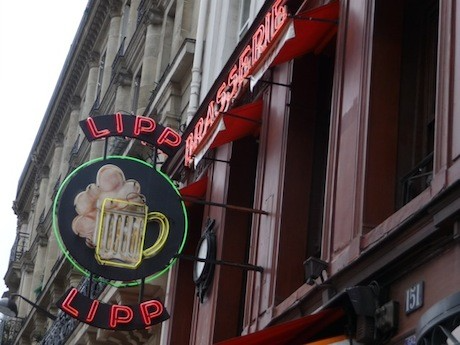Restaurants in Paris: The Basics

Mon 3 Oct 2011

Locals love their raclette.
I get lots of requests for Paris restaurant recommendations. Visitors will tell me that they want to try something authentic, but they don’t like heavy sauces, or their travel companion is a picky eater, or they are simply intimidated by French cuisine. Relax, I always say. The most traditional of Parisian dishes is steak frites, quickly followed by poulet roti (roast chicken).
French cuisine was recently recognized by Unesco as part of the “intangible cultural heritage of humanity,” but local cooking is friendlier and easier than most visitors imagine. And you need not leave the city to embark on a culinary adventure—you can travel across the entire country just by trying the restaurants in Paris.
The most popular Parisian food is found in local cafés, which populate virtually every corner of the city. They promise light, easy meals: onion soup, croque monsieurs, goat cheese salads and omelets.

Alsace-Lorraine, birthplace of the brasserie. Get a taste of the German-inflected region at Brasserie Lipp.
Cuisine from Alsace-Lorraine is a cornerstone of the local restaurant scene. These are the folks who brought brasseries to the city after the Franco-Prussian wars, introducing German-style recipes that include sauerkraut, sausages and beer. You can try this form of cooking at Brasserie de l’Ile St.-Louis or Brasserie Lipp.
Dishes from Brittany and Normandy are very similar, with an emphasis on crêpes, shellfish and apples. The strange decor aside, the crêperies along the rue St.-André-des-Arts are actually quite decent if you happen to be in the area and need a meal. But the true place to go for authentic crêpes and excellent hard ciders is the rue Odessa and the rue Montparnasse, where crêperies arrived with the first trains from the west over 100 years ago. Nearby, Le Dôme serves some of the city’s most famous seafood platters.
Heading east on our culinary map of France, we find ourselves in the Alps, whose rich, heart-warming cuisine is perfect for a cold night. Fondue is a treat, but the lesser-known raclette is an epicurean feast. A half-round of this mountain cheese is served under a grill with a platter of deli meats, boiled potatoes and pickled vegetables. Les Fondus de la Raclette is one of the rare local restaurants serving this dish in the city.
Provençal cuisine is Mediterranean style. Garlic, olive oil, fresh herbs and tomatoes form the basis of light, fresh meals. Melon with ham is served in this region, as is ratatouille and the saffron-enriched fish stew bouillabaisse. Chez Janou is the address for southern cooking, while Le Petit Niçois specializes in bouillabaisse.
Finally, my personal favorite: southwestern cuisine. Rugby men come from the southwest, and they take their food rather seriously. This is where you’ll find foie gras, truffles and sheep’s milk cheeses. Duck is a specialty, with pâtés, confit (preserved in fat and cooked until crispy) and magret (breast meat). Basque cuisine, with its spicy piment d’Espelette and incredibly complex flavored pork products, is another standby in this region. Les Fables de la Fontaines, on a charming square just behind the Eiffel Tower, is a great place to sample Basque dishes. For foie gras, head to the 7th and try Domaine de Lintillac, where they keep toasters on the table. Your foie gras melts as you spread it across the warm bread.
INFO
Brasserie de l’Ile St.-Louis
55, quai de Bourbon, in the 4th.
01 43 54 02 59.
Le Dôme
108, blvd du Montparnasse, in the 14th.
01 43 35 25 81.
Related links:
Brasserie Lipp
Les Fondus de la Raclette
Chez Janou
Le Petit Niçois
Les Fables de la Fontaine
Domaine de Lintillac